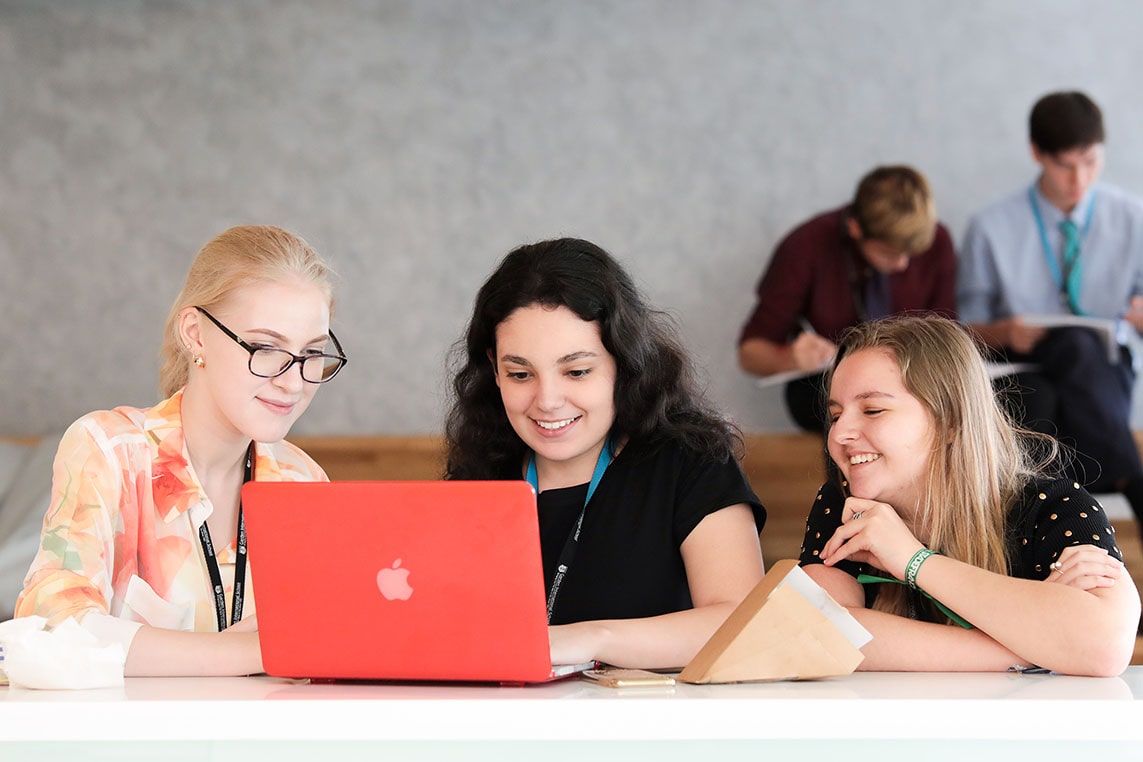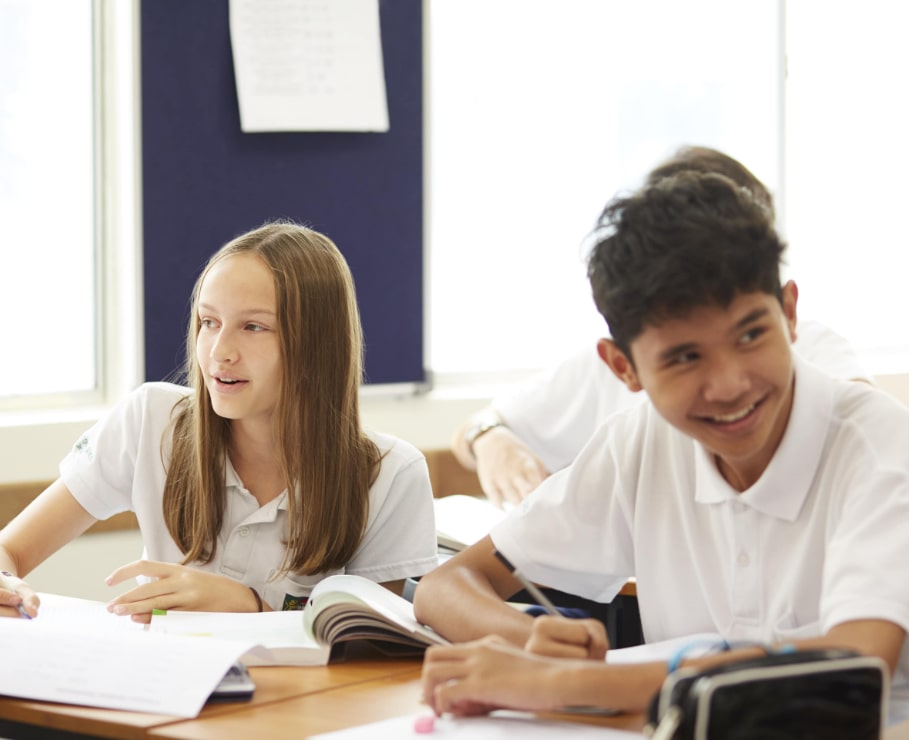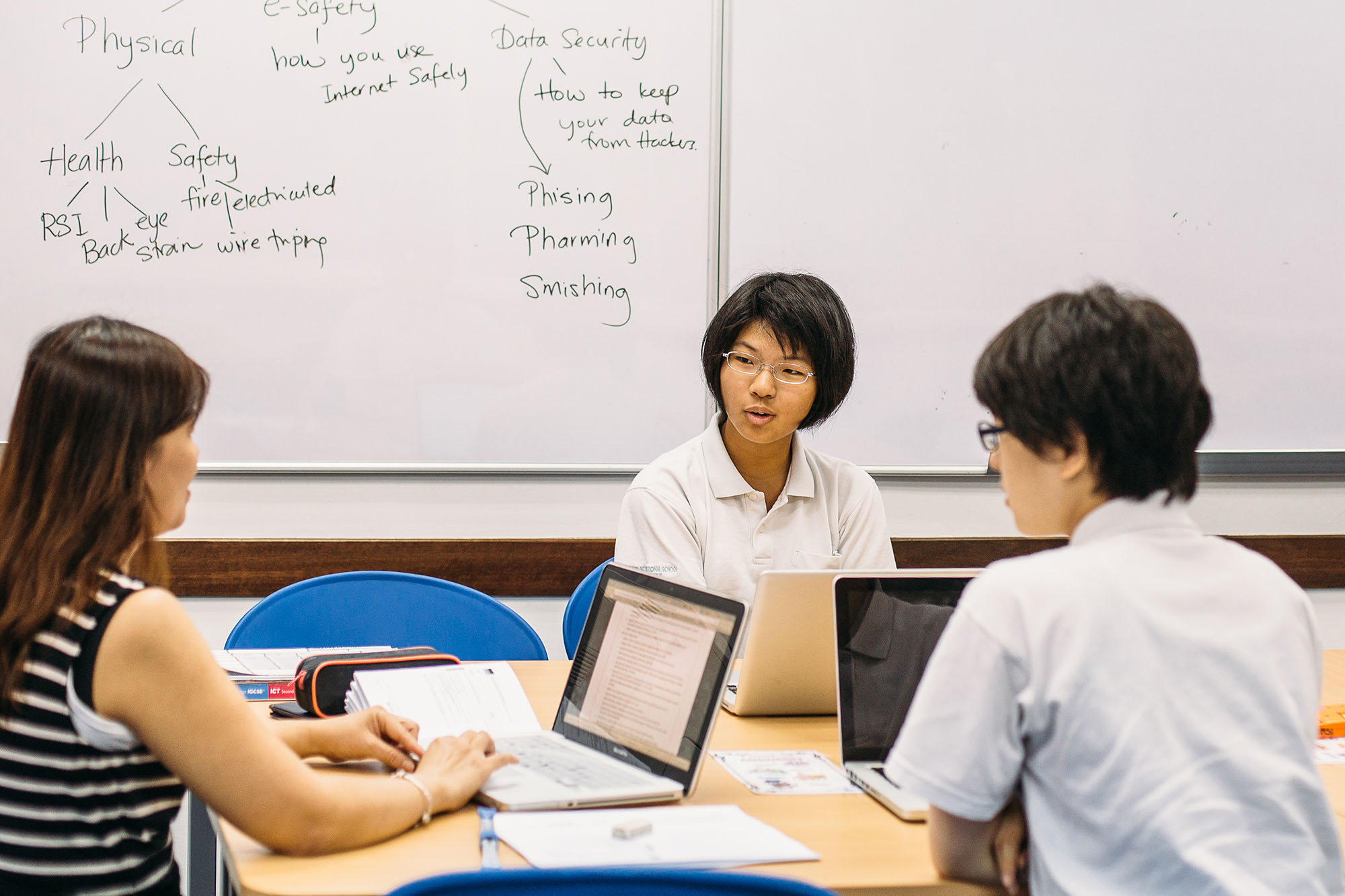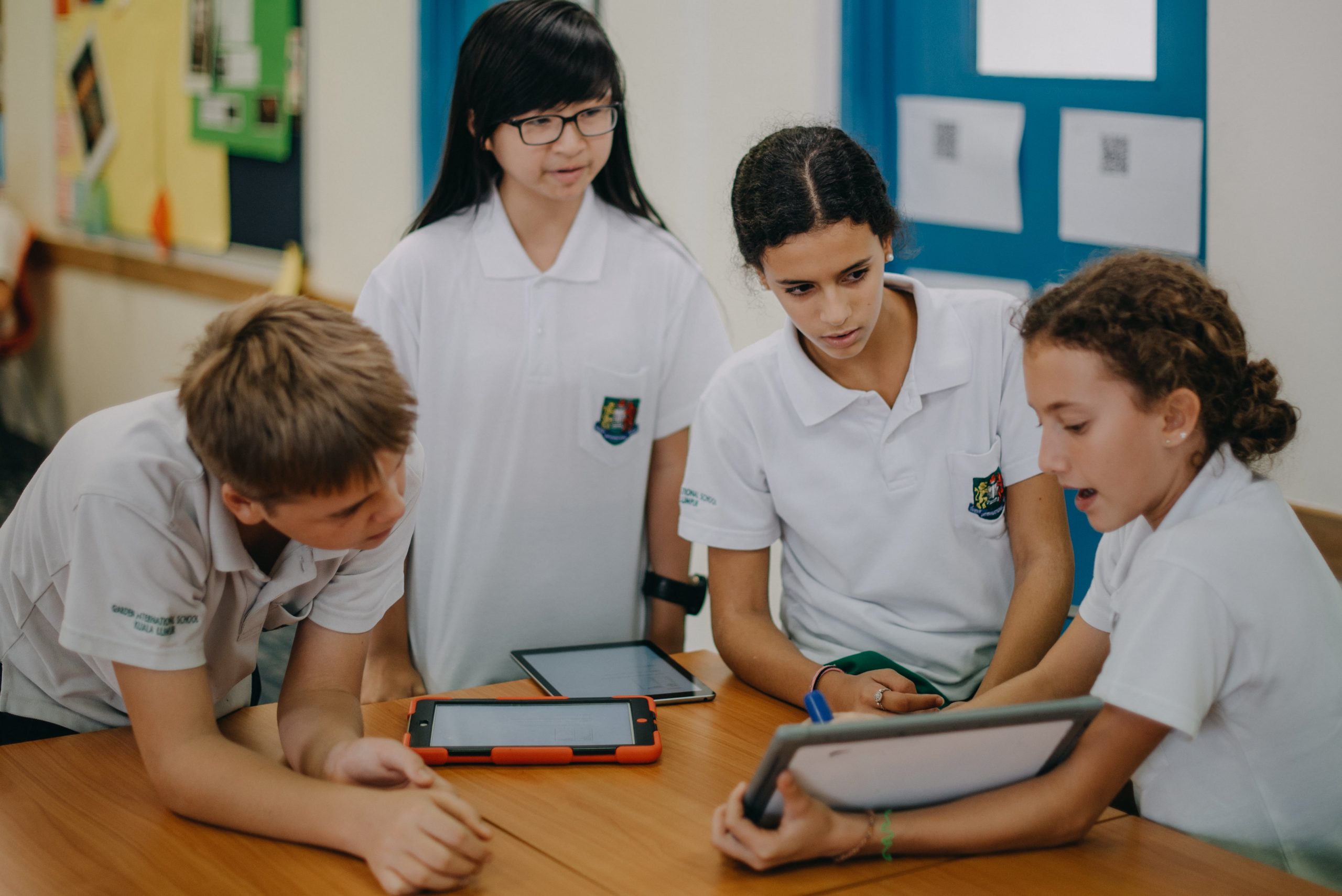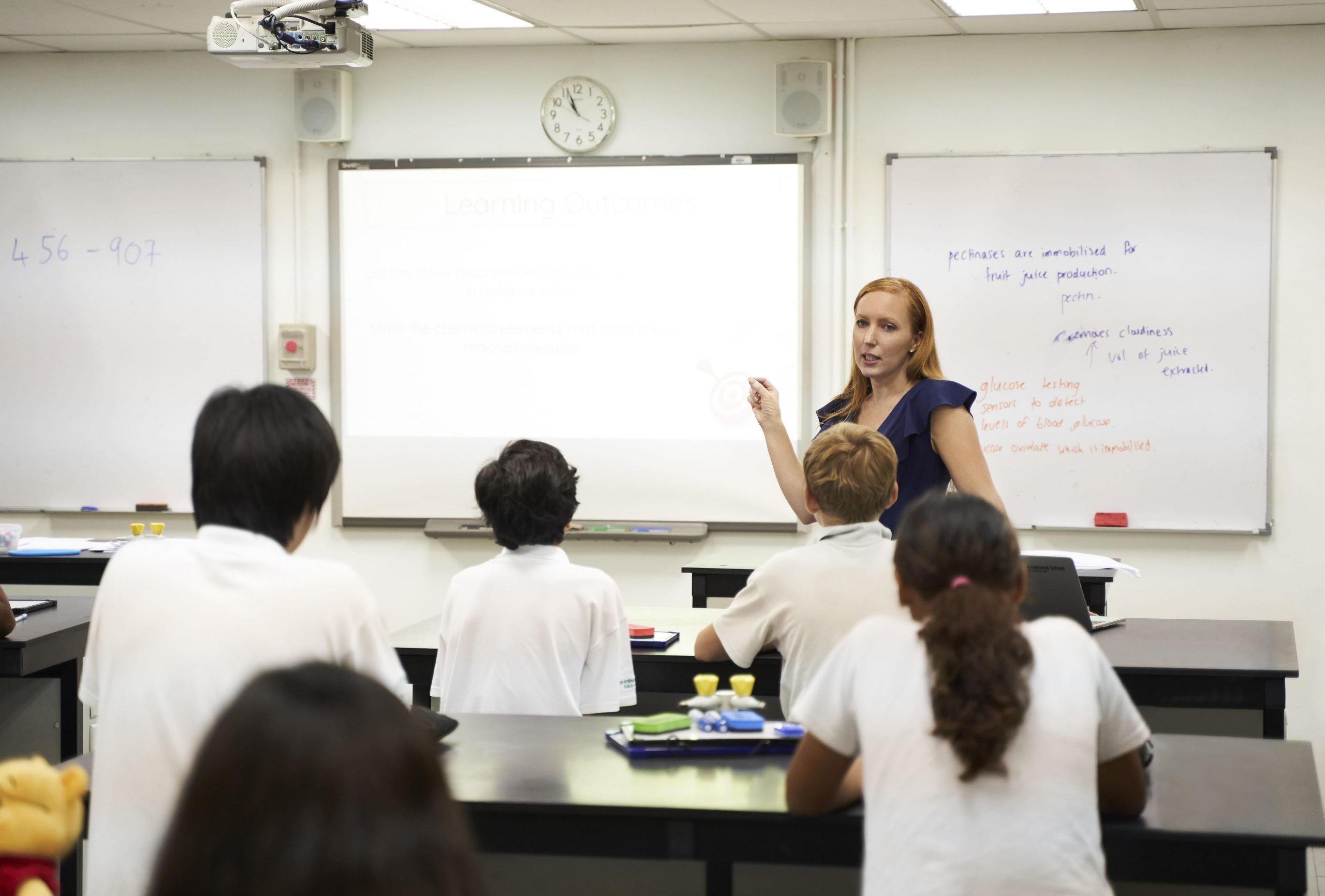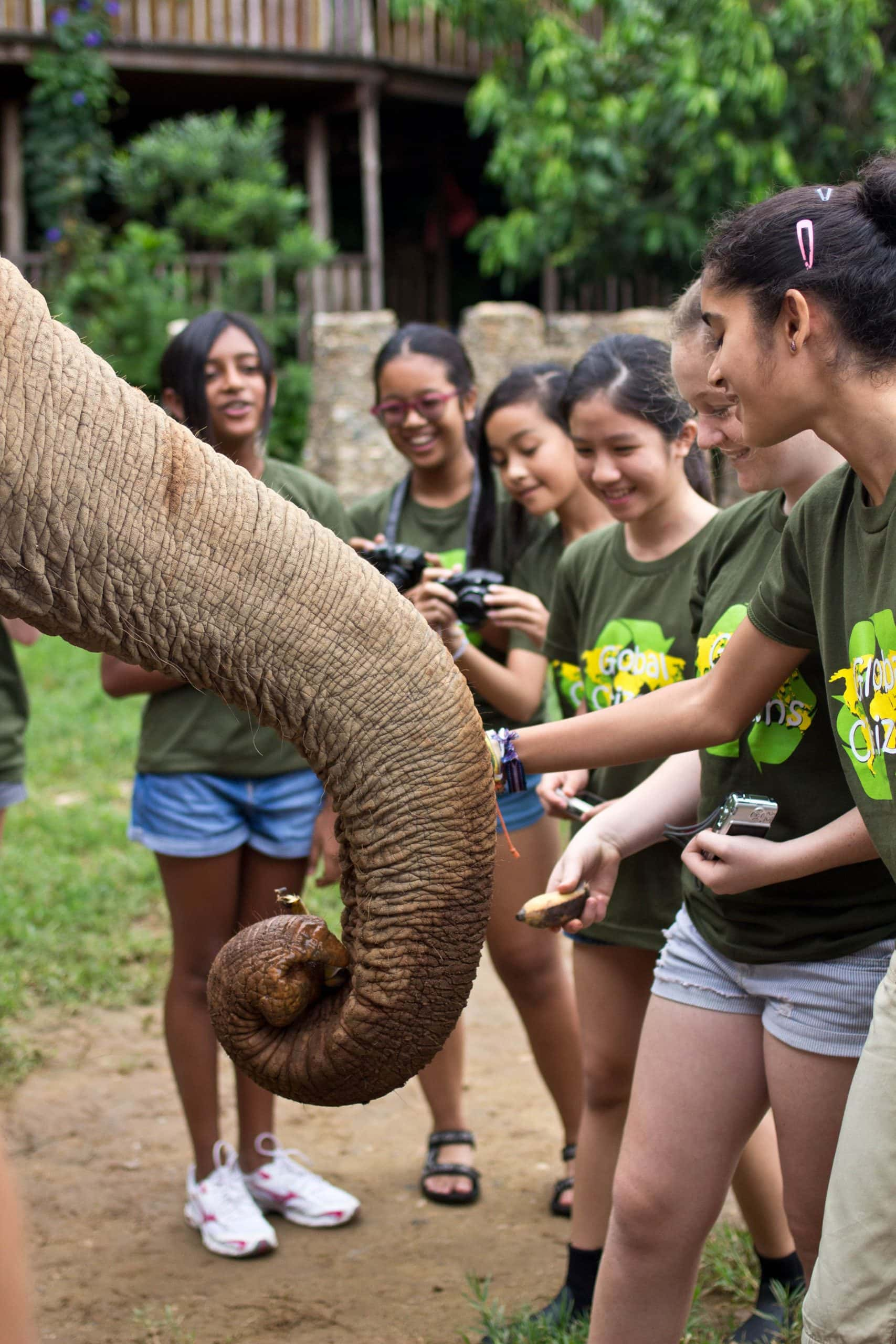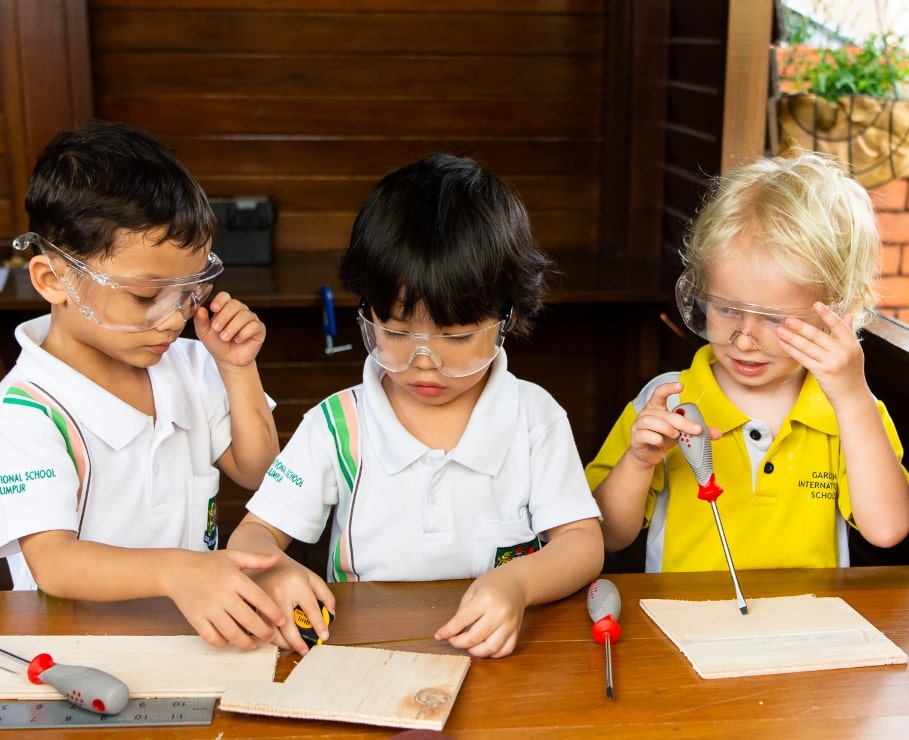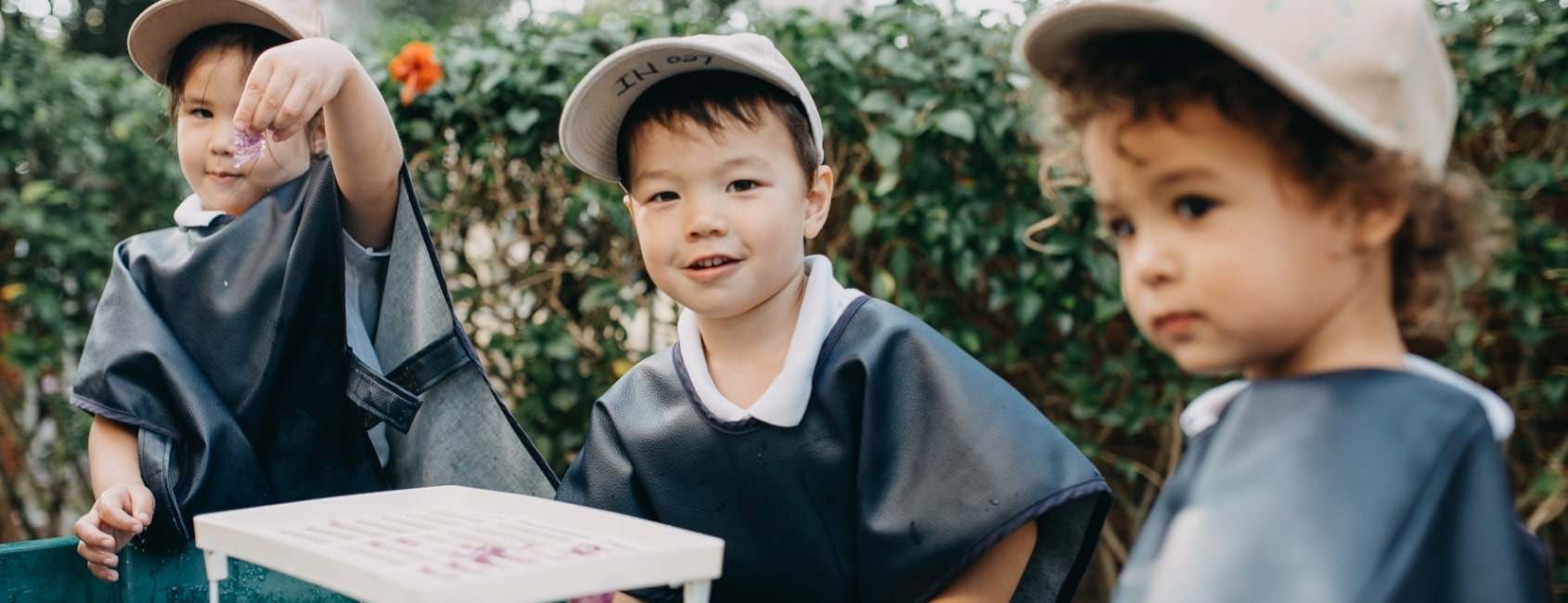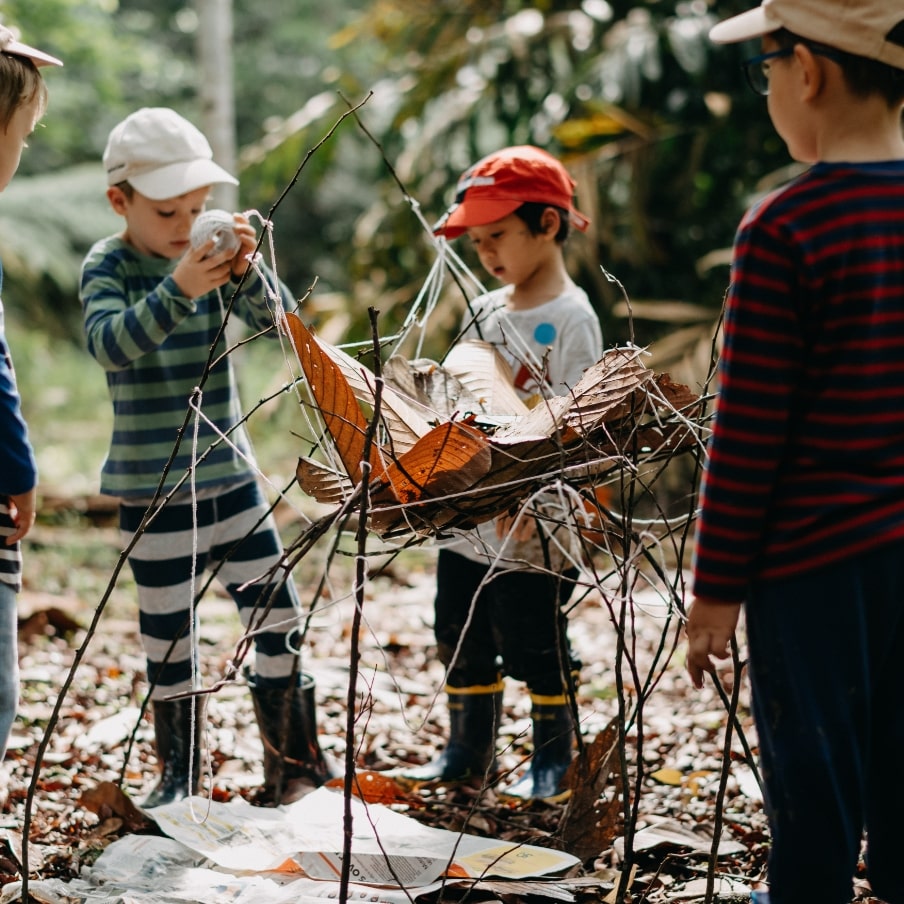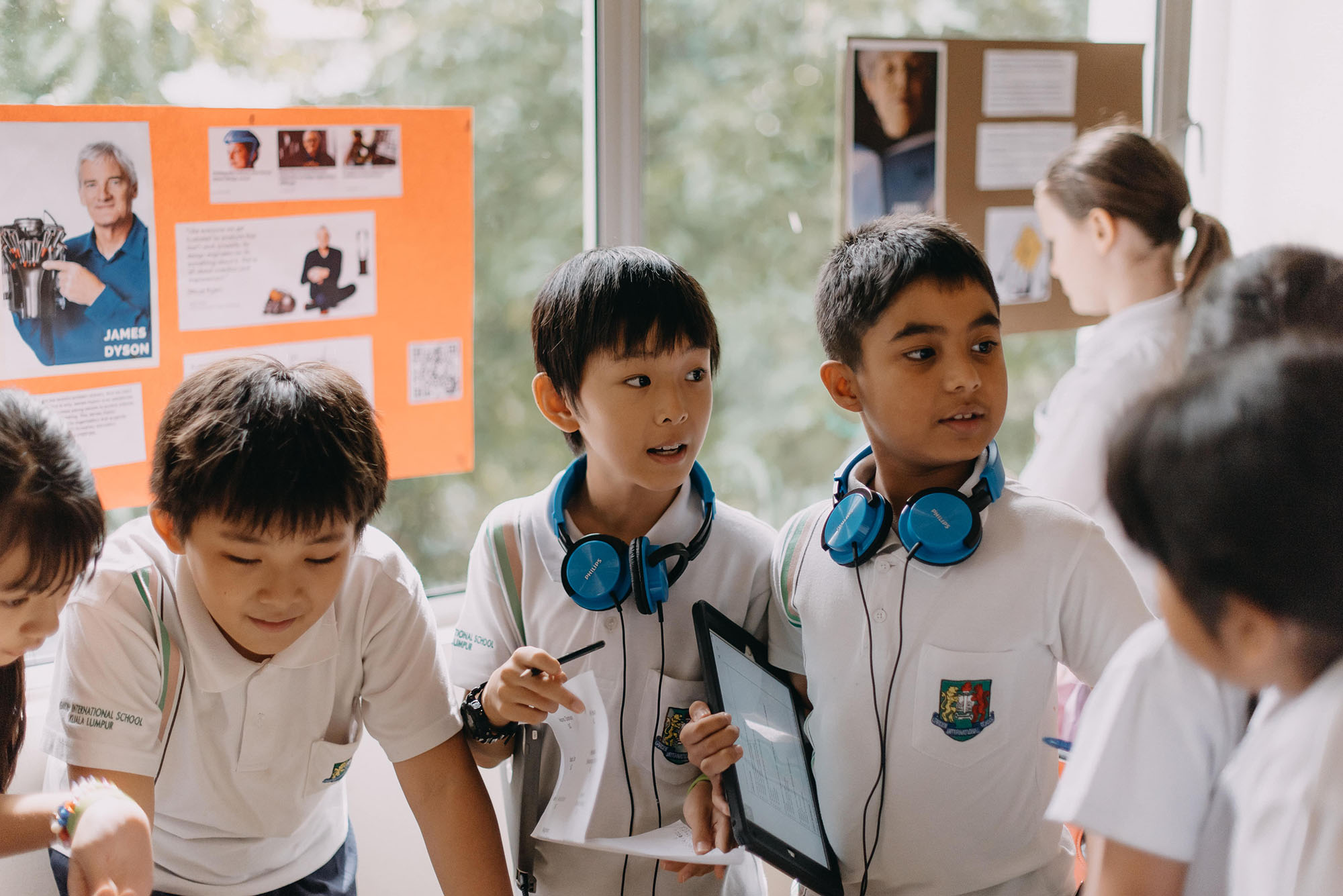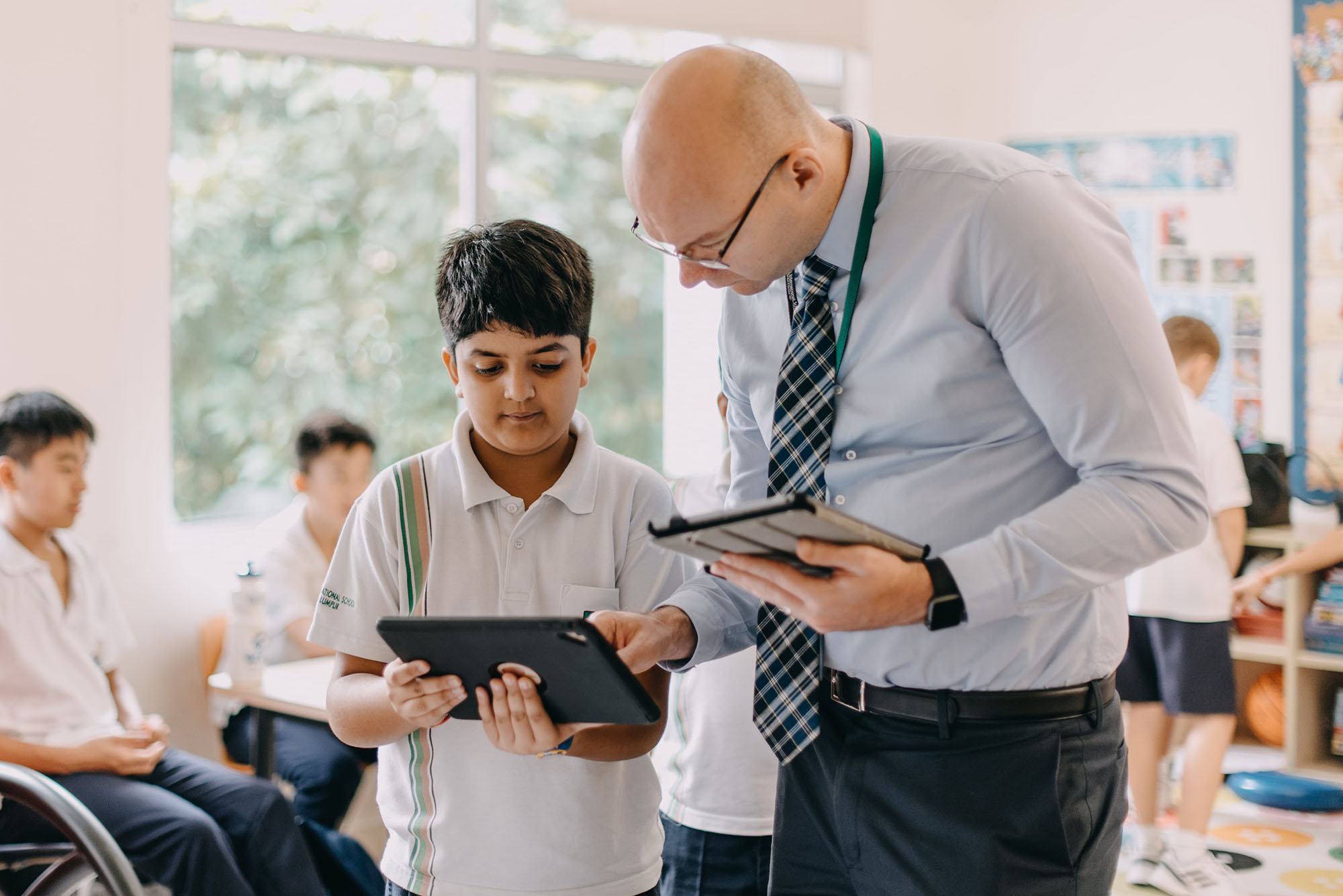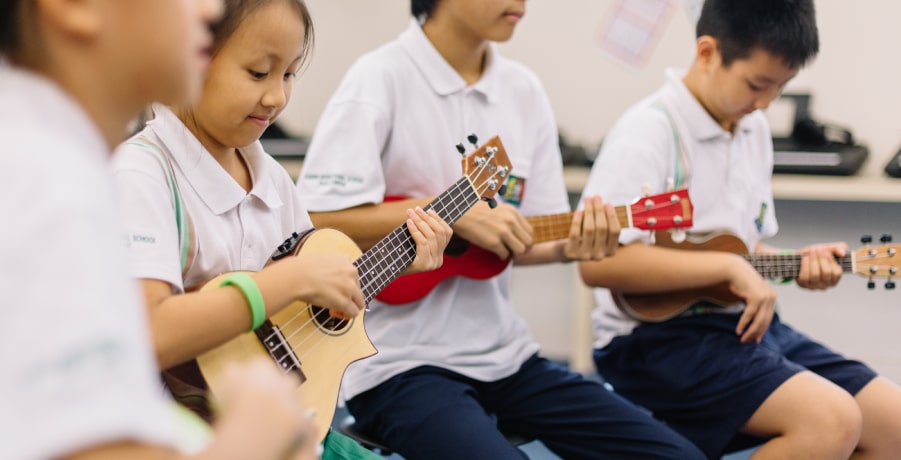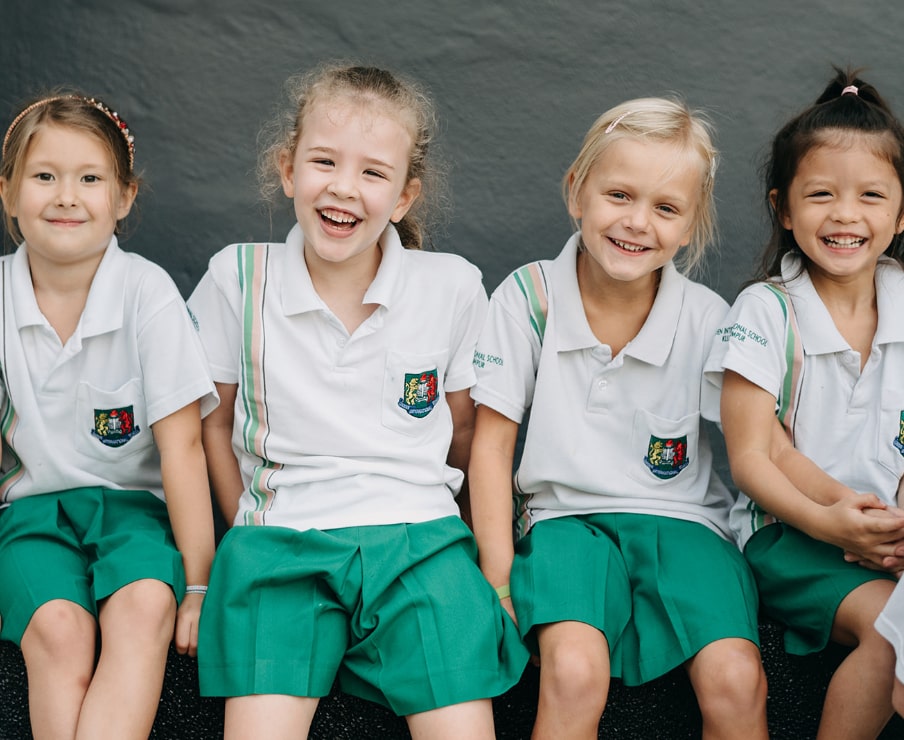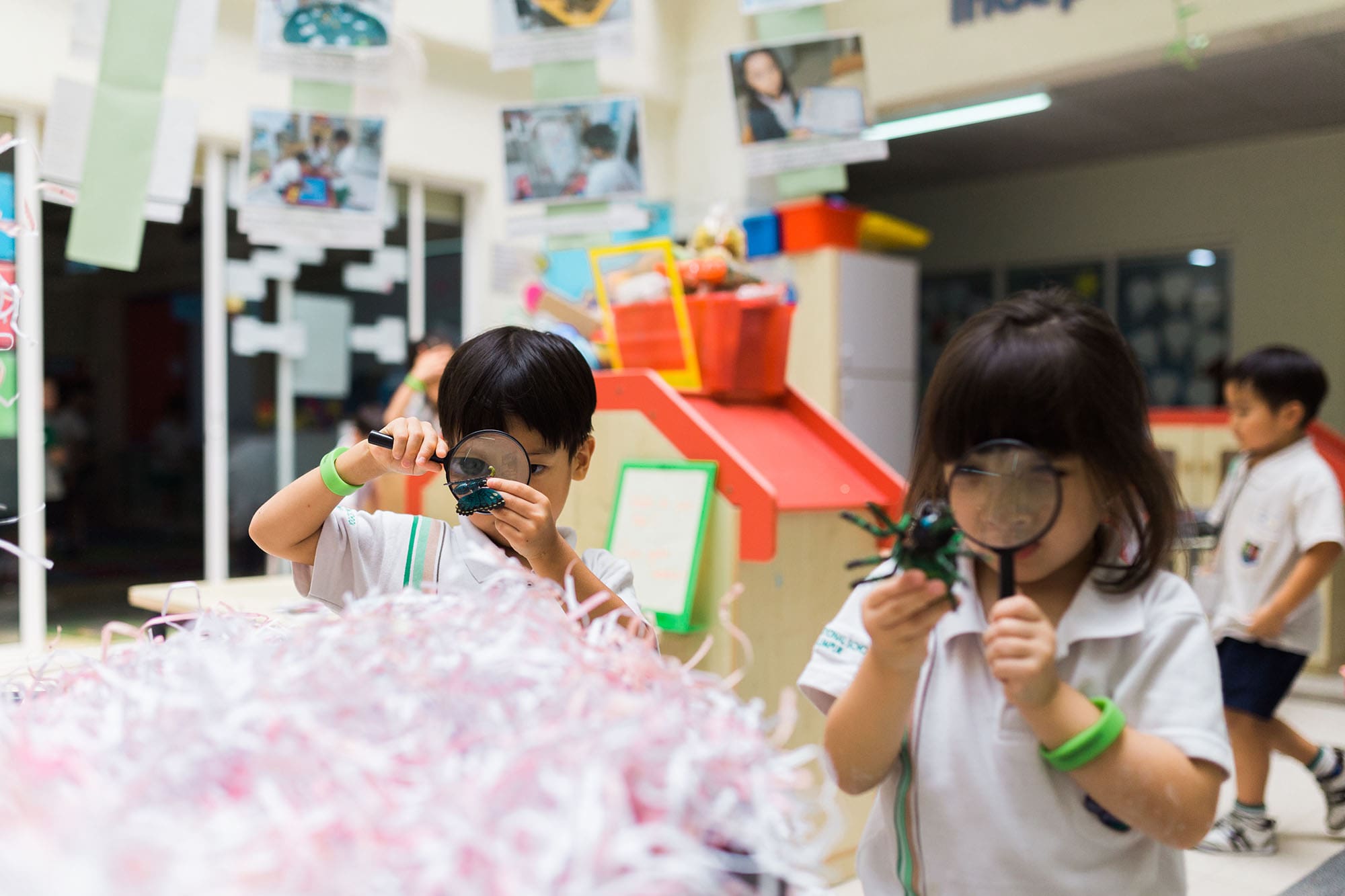
As the new academic year kicks off, families returning from their holiday trips without an arsenal of costumes and traditional wear for the school dress-up days are eagerly awaiting their Lazada deliveries. The staff is gearing up with preparations for upcoming themed days too – Ms Daisy has a song and dance in mind for the staff Bollywood number this year. Ms Sheela in the primary office knows there will be a line of female staff, queuing from 6:30 am for help getting into their saris to celebrate Deepavali.
Love them or hate them, themed clothing days are so much more than just dressing up.
When students feel seen, heard and valued, they experience a stronger sense of belonging, and in turn, they are more successful learners. The same principle applies to other members of the school community in terms of their sense of belonging and work performance.
But what does it really mean to belong?
Simply put, belonging is showing up as your authentic self without ever feeling the need to change aspects of who you are to ‘fit in’.
Research shows, however, that a strong sense of self (identity) is often more challenging for students in an international school setting. This is because many of them tend to leave their true identities at the school gate in the morning to conform to what they perceive to be an “International school student” or, for our context, a ‘GIS student’.
Dr. Brené Brown – author, researcher and American professor describes belonging as “part of something bigger but also having the courage to stand alone, and to belong to yourself above all else. In that case, belonging is actually the opposite of fitting in! Fitting in means that we are changing ourselves to make other people like us. Fitting in means that we betray ourselves.”
Dr. Brown’s words echo the GIS mission; building brave, brilliant and inquisitive young people who are committed to the positive growth of themselves and others. At GIS, opportunities are built into the curriculum through the SEL (social and emotional learning) and PSHE programmes to support students with identity-building tasks with the goal of guiding them towards a stronger sense of self.
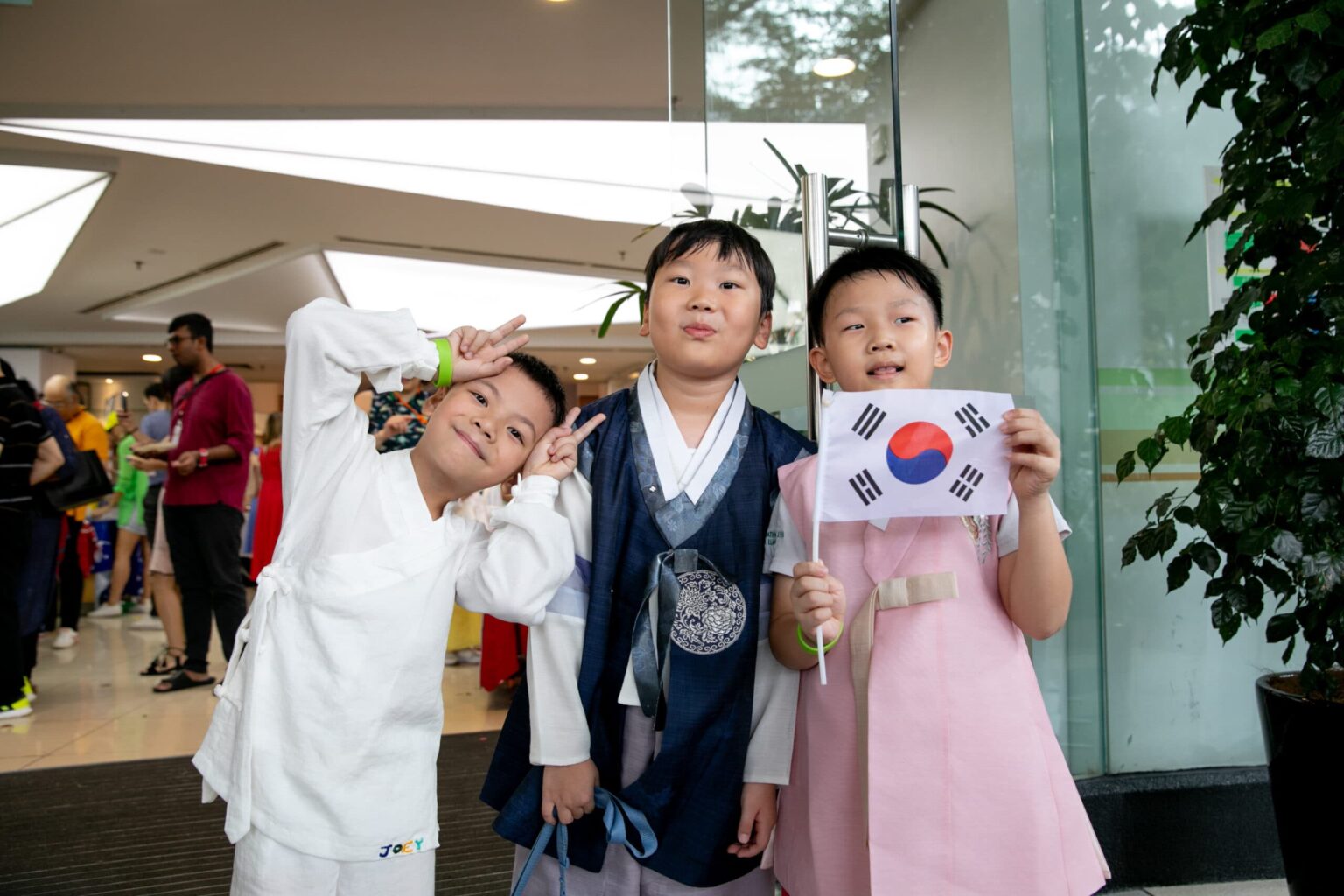
Outside the classroom, cultural celebrations that often go hand-in-hand with themed clothing days are a testament to the ample and vibrant diversity within the walls of GIS, promoting a sense of identity, belonging, and intercultural learning. The annual UN Day celebration owes its popularity among students, families and staff largely to the explosion of colourful outfits and delicious food from countries represented by the GIS community. The UN day parade allows students from various backgrounds to express their uniqueness while fostering an inclusive environment that cherishes cultural differences.
Themed clothing days can, however, be a double-edged sword. While they can promote diversity, cultural awareness, and a sense of community, such celebrations where students are encouraged to dress in clothing representing a culture other than their own, like Malaysia Day, Deepavali and Lunar New Year can backfire with risks of cultural appropriation.
Dressing up as another culture can often perpetuate stereotypes, reinforce power dynamics, and disregard the significance that particular attire holds within that culture. It is important to understand that clothing is often deeply tied to cultural traditions, histories, and identities. Donning such attire without adequate knowledge or without respect for its cultural context can be deemed offensive.
With an awareness of the pitfalls and a deep understanding of the purpose behind each of the themed clothing days at GIS, the benefits of having them do, however, outweigh the risks.
1. Celebrating Cultural Diversity
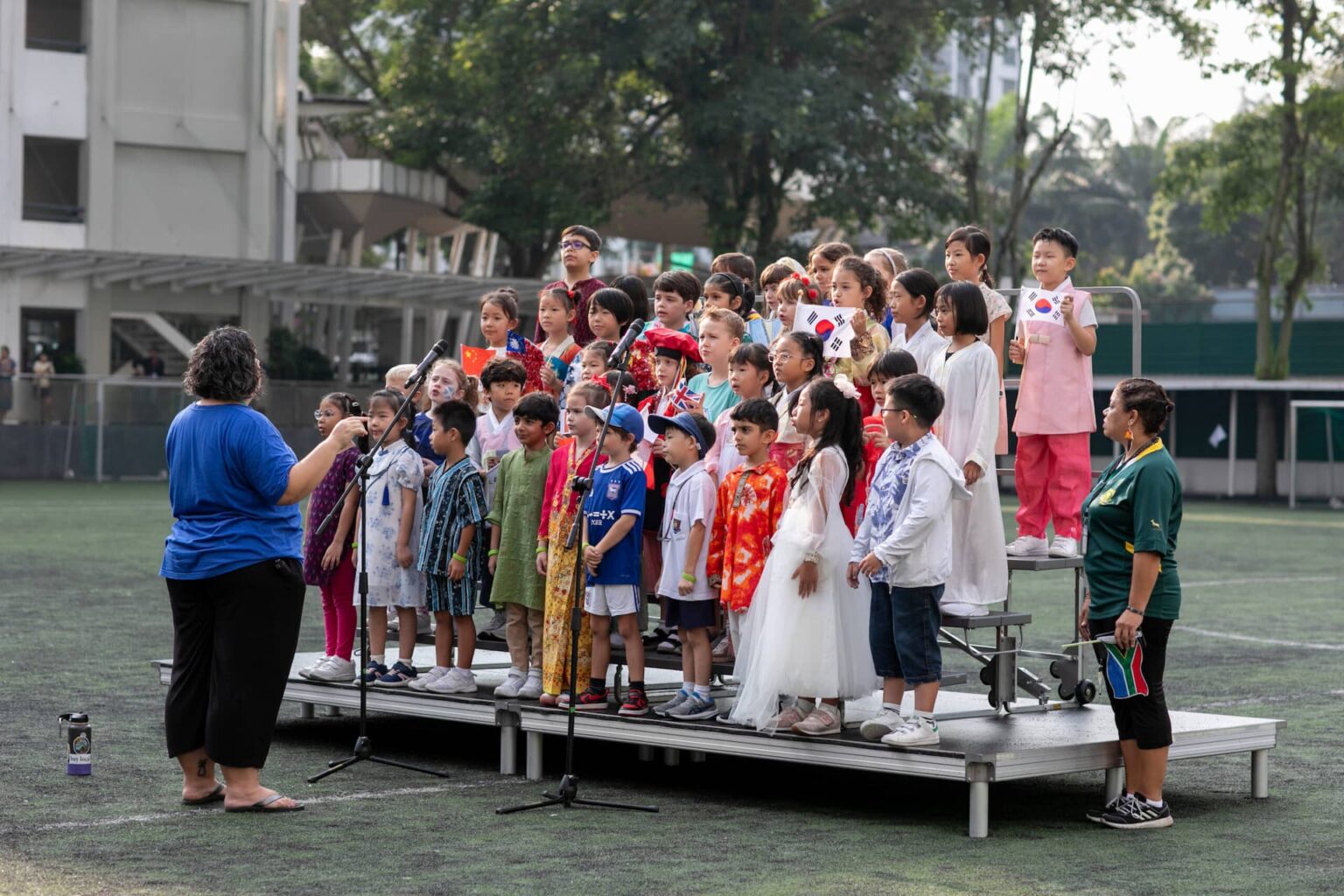
2. Creating a Sense of Belonging
Themed clothing days provide a platform for students to feel a sense of belonging within the international school community. By encouraging everyone to participate, regardless of cultural background, these events reinforce the notion that everyone’s heritage is valued. Students, teachers and staff come together to celebrate various cultures, fostering unity and creating a welcoming atmosphere that creates and strengthens bonds and long-lasting friendships among students, in turn kindling a strong sense of togetherness.
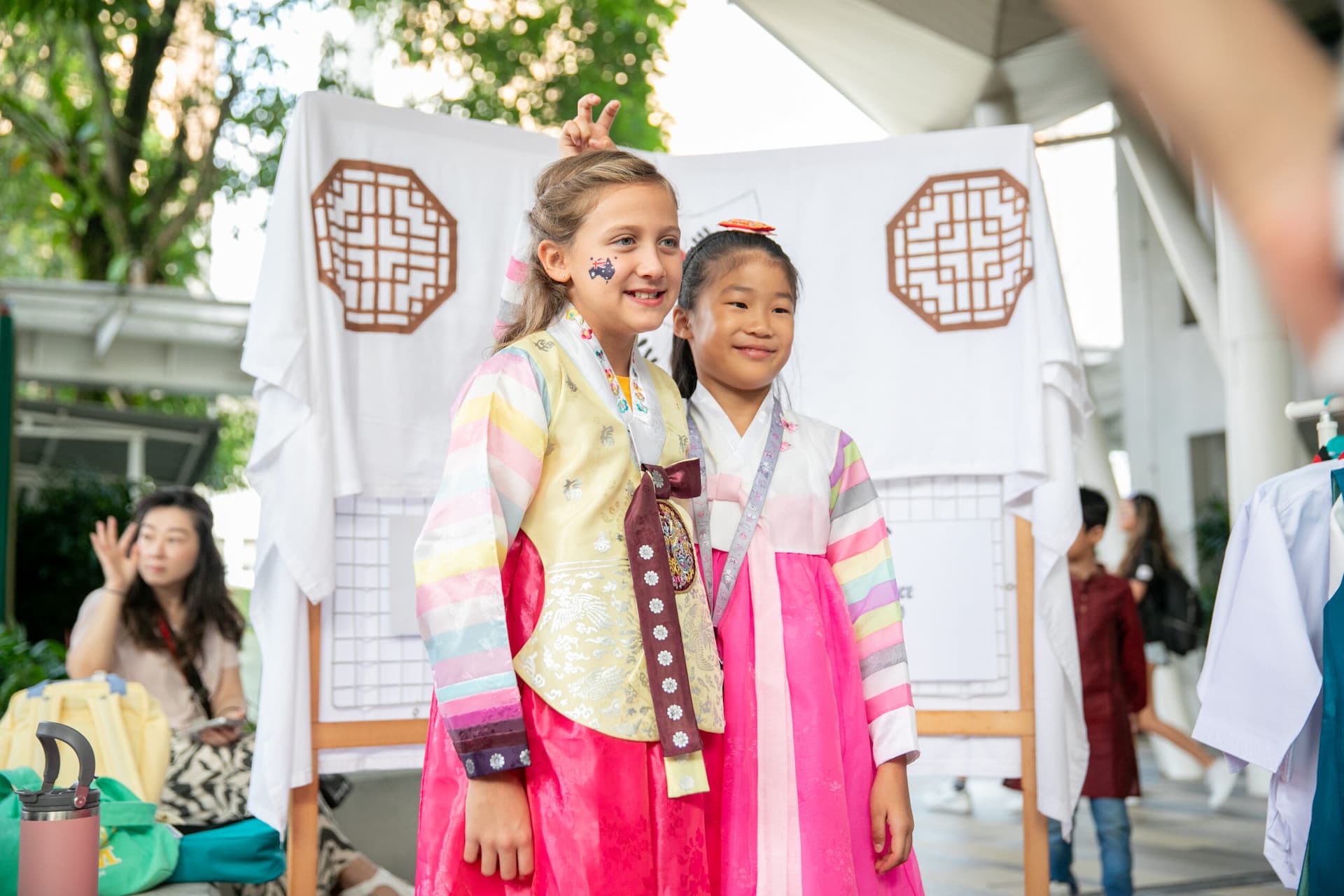
3. Boosting Intercultural Learning
When children from diverse cultures dress up together on a particular cultural day,; they facilitate intercultural learning. Through these cultural dress up days students not only showcase their own cultures but also gain exposure to different traditions and customs from around the world. This hands-on experience helps them to appreciate and understand a range of cultural practices, norms, and values. Dressing up in traditional attire also encourages students to delve deeper into their own heritage, learning about significant traditions, festivals, and historical aspects of their cultural backgrounds. Such exploration nurtures curiosity, open-mindedness, and empathy as they develop a global perspective.
4. Strengthening Community Bonds
Themed clothing days also serve as powerful tools for strengthening community bonds within an international school. These events bring together students, teachers, parents, and the wider school community, transcending cultural barriers and fostering a spirit of collaboration.
By Etienne Visser, Deputy Head of Primary – MA (US), BEd (Hons), BA, PGCE (SA)







